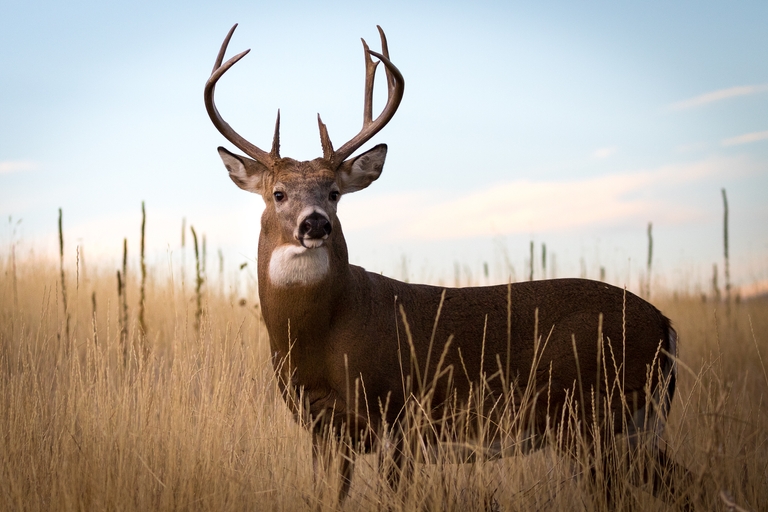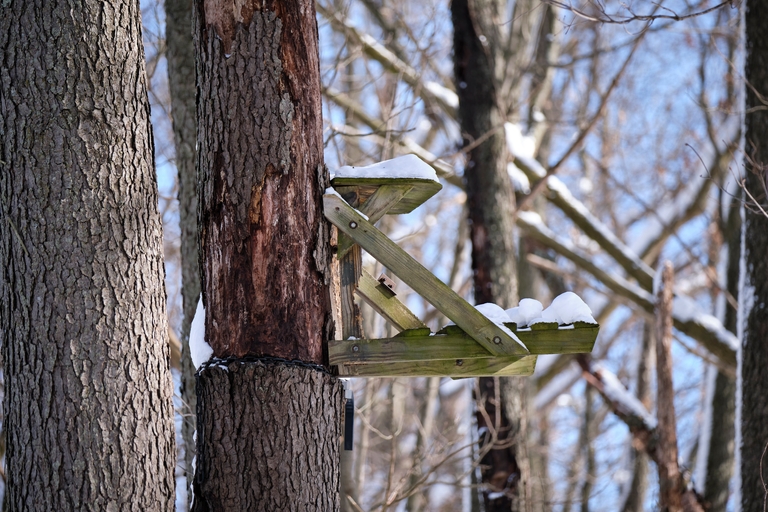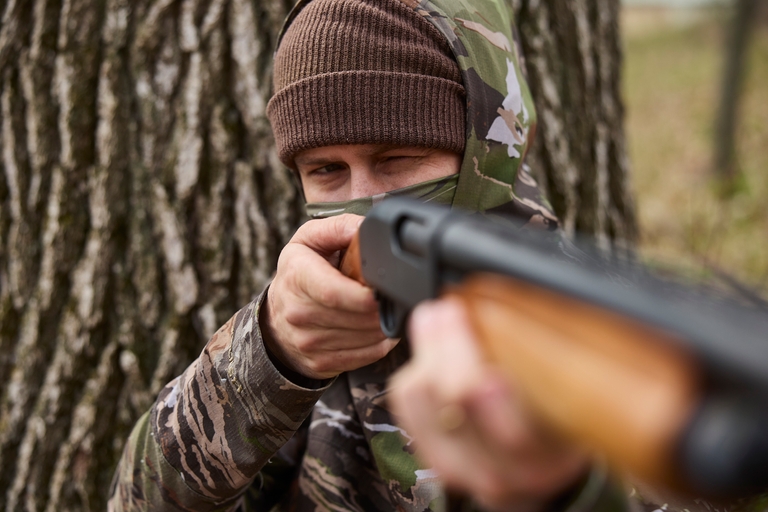What Is a Punt Gun and Is It Legal for Hunting?
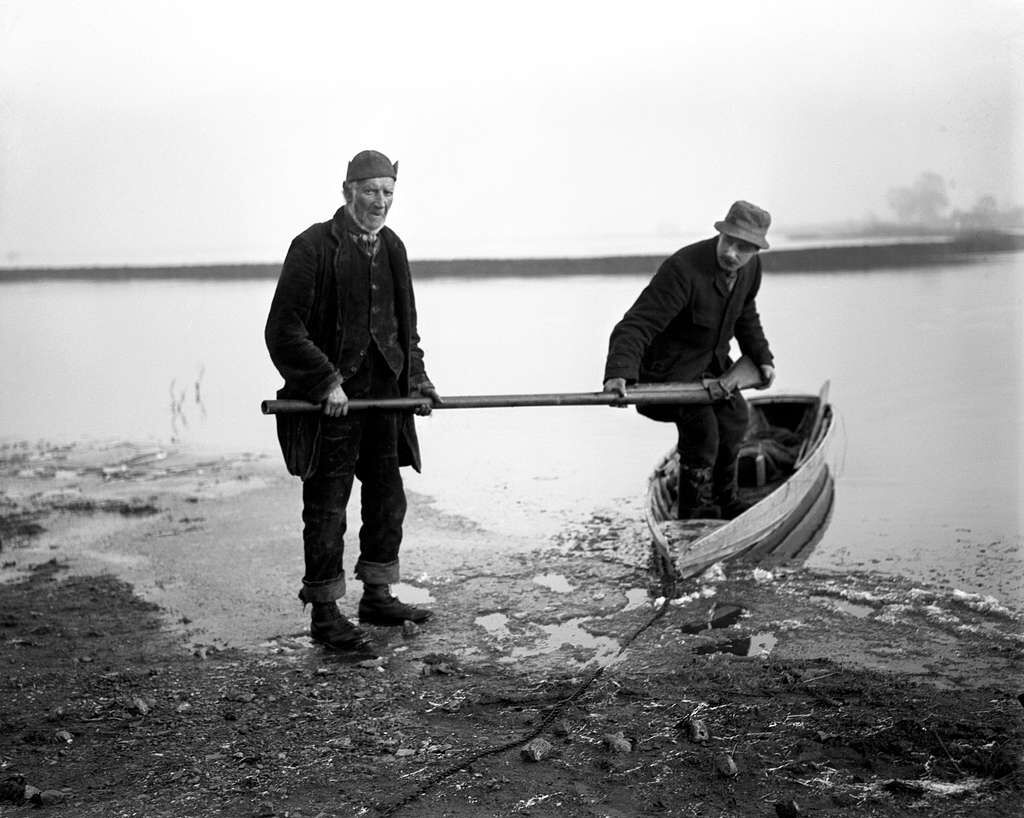
The punt gun, a fascinating piece of hunting history, stands out with its resemblance to naval artillery. This 10-foot-long shotgun, requiring a team to carry and mounted on a boat, is a stark contrast to the sleek modern rifles we're familiar with.
Join us on a journey through time as we dive into the history of the punt gun. We'll also explore its role in the contemporary hunting landscape of the U.S., highlighting its enduring significance and disuse in modern hunting environments.
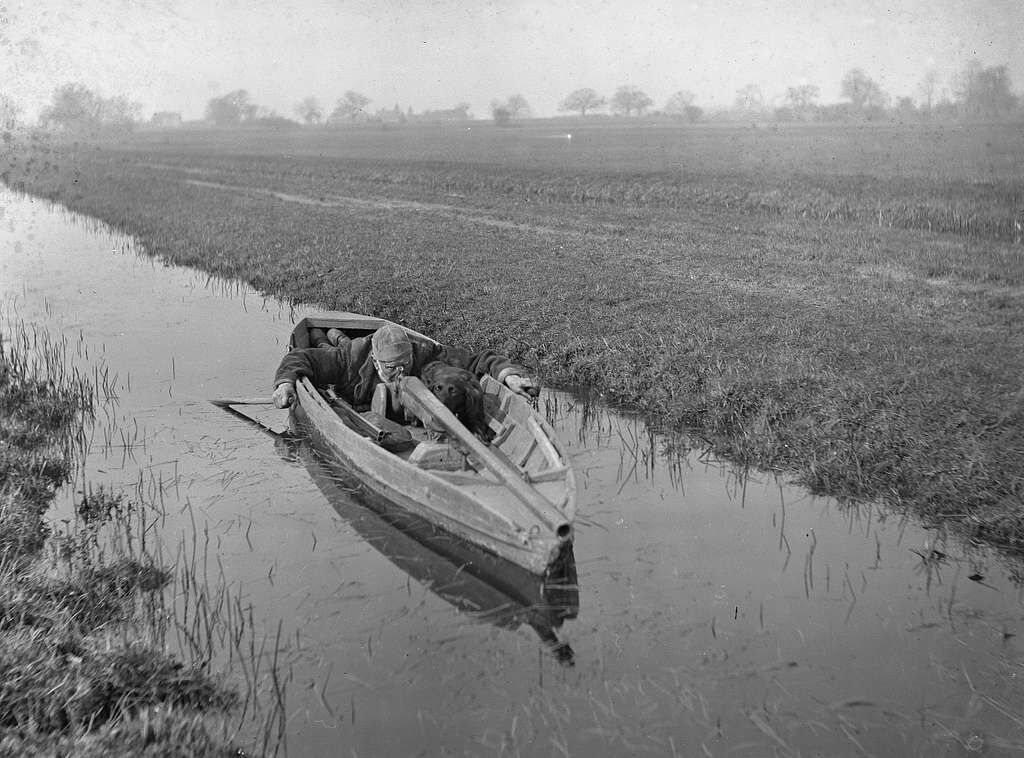
An Introduction to Punt Guns
Comical in size and absurd to look at when reviewing historical images, the punt gun was, in fact, a very serious and deadly waterfowl rifle capable of delivering an incredibly high yield of birds with a single load.
What Is It?
The punt gun is a large, heavy shotgun typically mounted on a small boat or punt. It was historically used for commercial waterfowl hunting, in which hunters could target multiple birds in a single shot.
The punt gun could fire over a pound of ammunition and take up to one hundred birds in a single shot.
Where Did It Come From?
Like all great inventions, the punt gun has its origins in the rise to meet market demand.
In the early 1800s, duck hunting grew in the U.S. and the UK due to the demand for meat and feathers for fashion pieces. Local gunsmiths in the British Isles made the weapons to order, and their popularity spread across Europe (and the pond).
What Does It Look Like?
A punt gun looks like an elongated shotgun that is much too large to be fired from the shoulder. Early punt guns had wooden stocks that resembled shouldered weapons, while newer versions carried special mounting hardware that allowed them to be attached to boats or water vehicles.
They could weigh up to thirty pounds, have a barrel length of five feet (or more), and a barrel diameter of up to two inches.
Punt guns were most commonly muzzle-loaded with black powder and were not breech-loaded, meaning they did not fire shells (although some later models did).
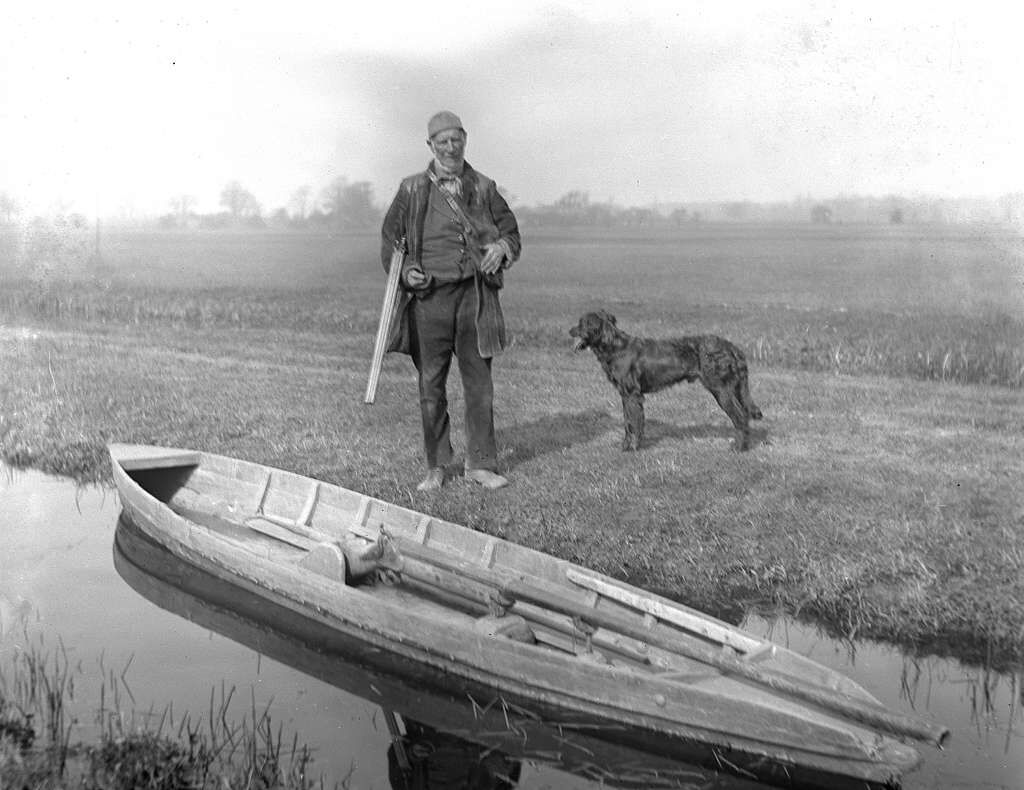
Historical Use
Punt guns were mounted onto boats and watercraft with the intention of commercial waterfowl hunting. Proficient punt gunners claimed up to 100 ducks a night, taking out entire flocks of birds in one single shot.
Unique boats were developed known as "punt boats," in which hunters could mount and man a single punt gun–the recoil often sending them back several feet. Several punt boats were coordinating for commercial operations, targeting massive bird flocks for commercial sale.
The use of punt guns for commercial waterfowl hunting had a devastating impact on local populations in the UK and the U.S. Between 1900 and 1918, the U.S. legislatures took action, enacting a series of federal laws to ban the use of punt guns and punt boats.
Regulation and Legal Status
The punt gun's history and efficiency led to coordinated conservation efforts, including outlawing market hunting under a series of federal laws and transporting wild game across state lines under the Lacey Act of 1900. These efforts combined effectively curbed the use of the punt gun as the eyes and barrels of waterfowl hunters turned to a more conservative approach to bird hunting.
Today, punt guns are not permitted for hunting purposes. However, they can be privately owned, most commonly as collection pieces, especially for antique firearm collectors.
So, if you can't hunt ducks with a punt gun, how big of a gun can you hunt with? The largest caliber shotgun allowed in the U.S. is the ten gauge.
Ethical Considerations
Even knowing it's not legal to hunt with punt guns, given the progress of conservation and environmentalism, using a punt gun in a contemporary hunting environment would also be highly unethical. Hunters must uphold the modern hunting ethos of conservation and respect for nature.
The punt gun, with its indiscriminate firing capacity, would not only exceed your bag limit in a single shot but also risk injuring a large number of birds of other species in the periphery of the firing line.
Punt guns go against the modern hunting ethos as one of conservation and respect for nature.
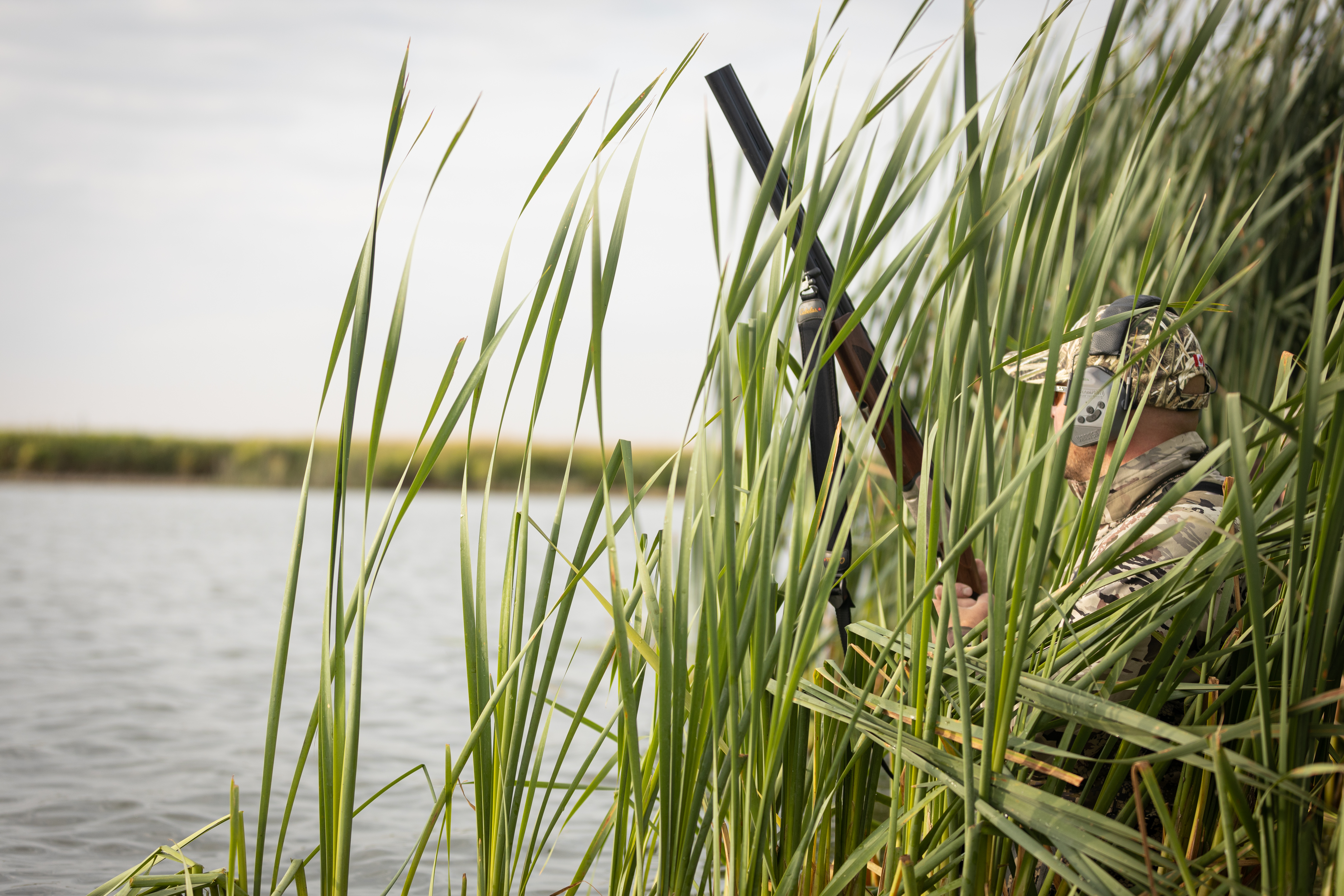
Alternatives and Modern Hunting Practices
Thankfully, modern waterfowl hunters use smaller caliber shotguns, allowing them to be selective and sustainable in their bird harvesting.
Additionally, Federal and State-based agencies set bag limits, restrictions, and seasons to carefully manage the waterbird population carefully, ensuring healthy flock numbers and the longevity of the species.

No Matter the Caliber You're Using, Apply Good Firearm Safety
Thankfully, we've moved on from using punt guns with a stronger understanding of conservation and dedication to maintaining the ecological balance. However, no matter the type of firearm you use for the game you hunt, safety must be a priority.
Hunter education is the foundation by which all safety in the field is built. With the foundations of safety best practices you'll learn in an online Hunter-Ed course, you're prepared to handle firearms safely, including targeting game in your safe zone of fire and avoiding target fixation.
We hope you've enjoyed learning a bit about punt guns! If you're ready to learn more about being a safe and successful hunter – and potentially take your place in hunting history – it's time to take a hunter safety course!
Find the course for your state and start learning! When you pass the exam, you'll also meet the requirements for getting a hunting license in most states.




